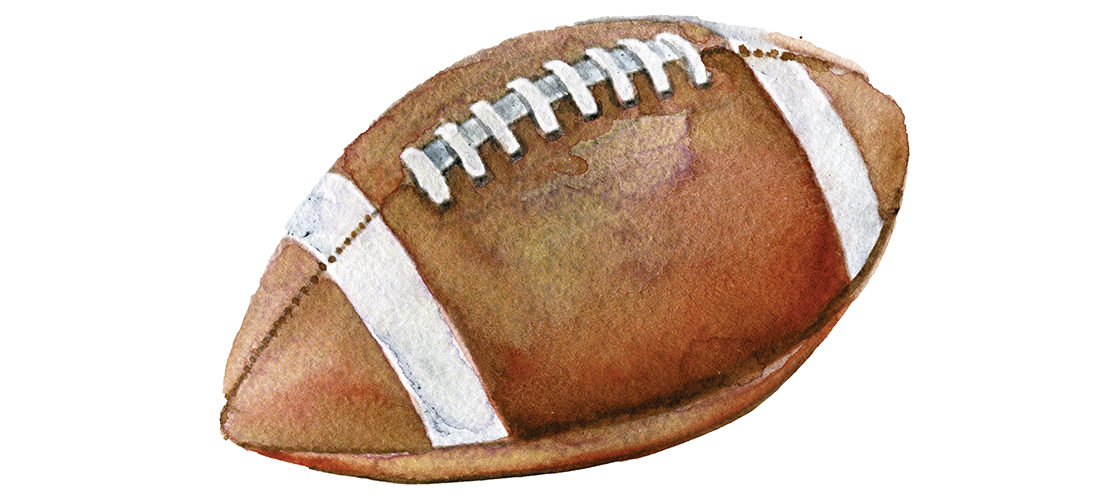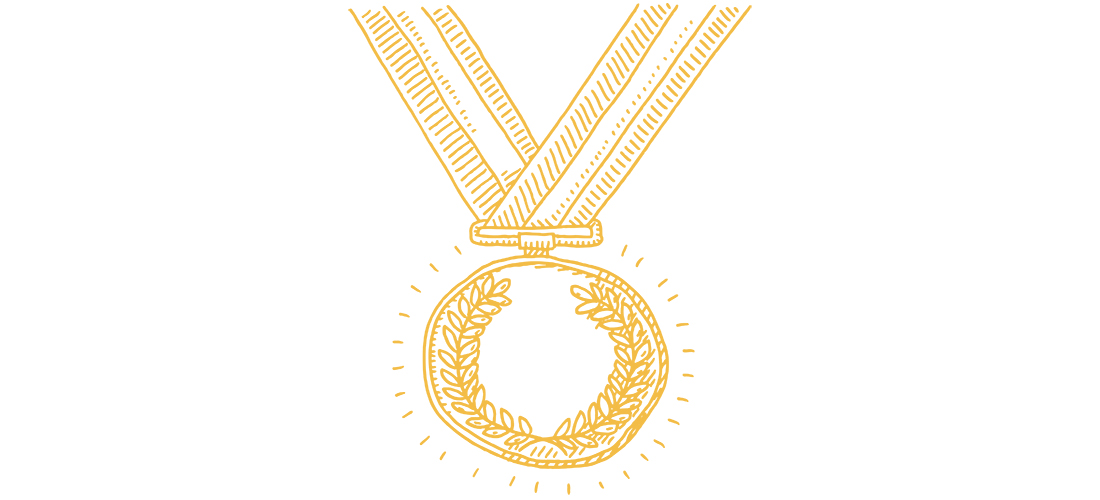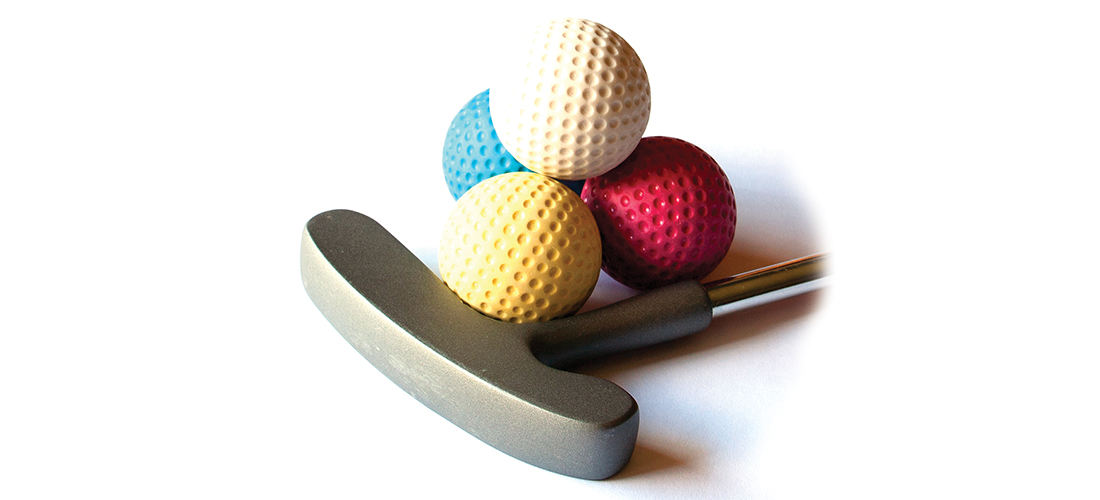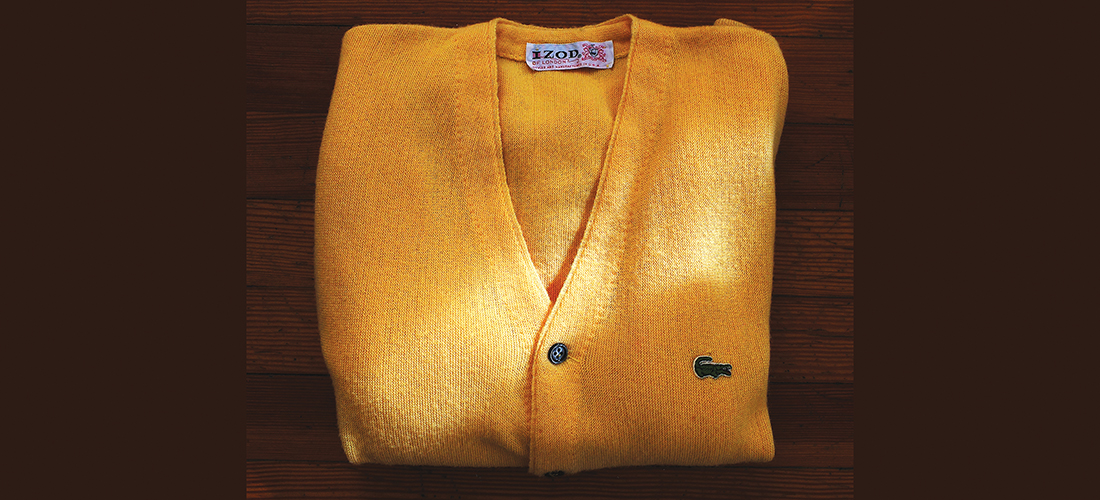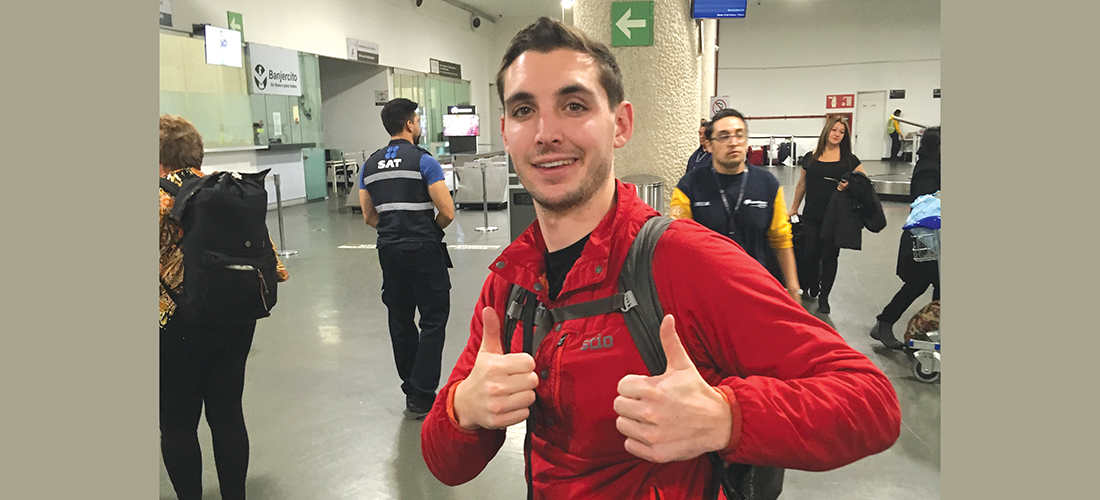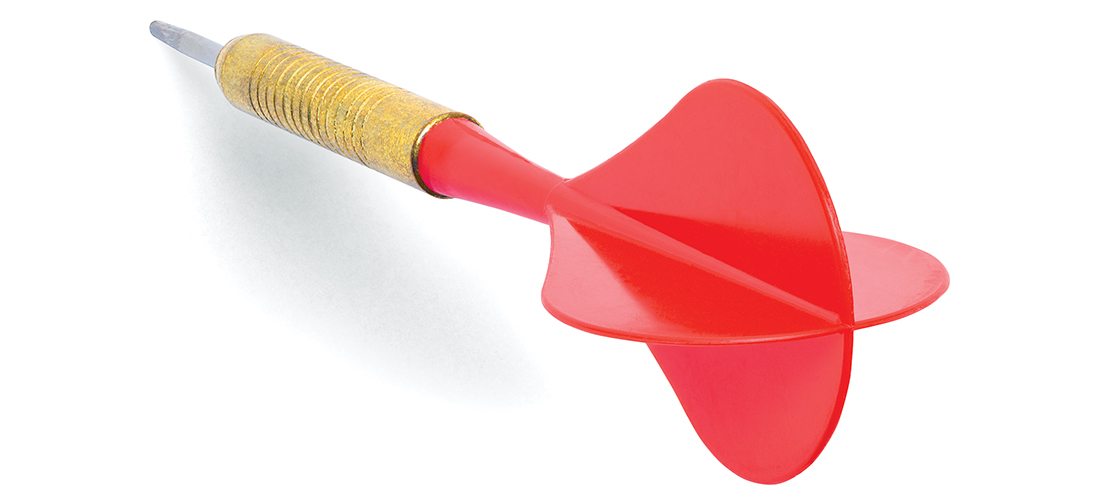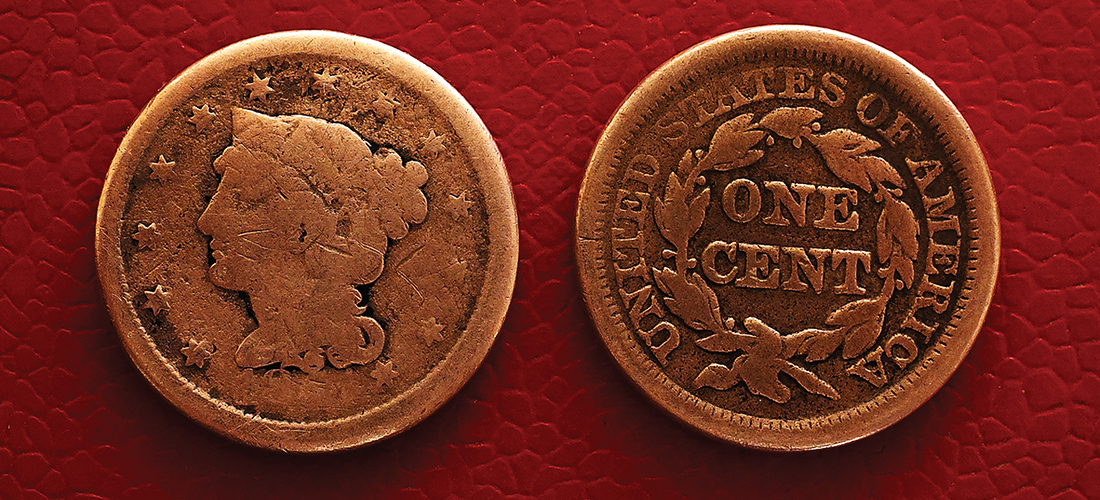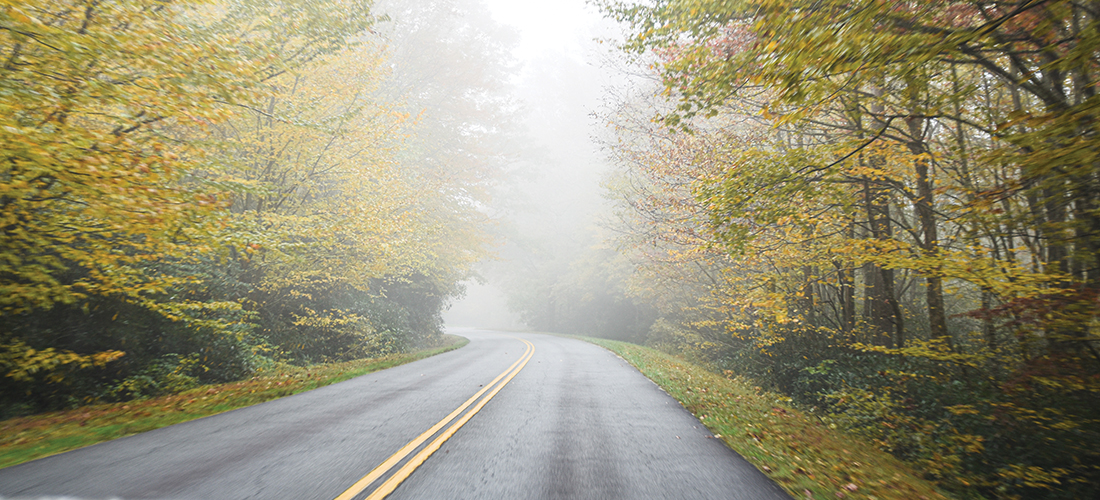Strikes, Spares and a Baby Split
Filling an open frame with something to cherish
By Bill Fields
A couple of months before my mother died, she had to be hospitalized because of an infection. At 95, with dementia, Mom was tiny. On the last day of my visit, she had rallied but still was very frail. I stood by her bed. Putting the large fingers of my right hand on her right palm, for reasons I don’t know, I said, “Squeeze.”
Her eyes took me in and she did, holding the grip for several seconds. I was stunned by its force. My fingers hurt. When she let go, I saw the hint of a smile on her face. I shook my head — and my hand — as I left the room.
Driving my rental car to RDU, I thought about bowling.
My mother wasn’t an athlete. She enjoyed watching college basketball and professional golf — Mom spent quite a few minutes with me on her land line lamenting what Phil Mickelson or Carolina had done — but that was about it.
She would shoot a basket in the backyard if I made her and play miniature golf with the rest of the family at the beach. Once, when she was in her early 60s, Mom joined a Wiffle ball game with kids and grandkids at the home of her younger daughter. Twenty years or so after that, I coerced her into a few golf swings on the Knollwood range. By that point in life she was content to watch Phil on TV, and her assisted-living room was decorated with an autographed picture of Lefty.
Once upon a time, though, Mom had a been a bowler. It was the winter of 1964-65. I was 5 years old and would have been in kindergarten, but East Southern Pines School started with first grade. I watched Captain Kangaroo, played in the dirt with toy soldiers or Tonka trucks, and pored over the World Books. Dad had taken a job at a tool-and-die plant in High Point, coming home on weekends.
Mom worked as a teller at The Citizens Bank and Trust Company. The bank had a team in a women’s bowling league that competed in the bowling alley that stood on North West Broad just before the intersection with Morganton Road. That winter, on Tuesday nights after Mom made supper for the two of us, she put on her white team shirt with the bank’s name in green script on the back and drove downtown with her boy riding shotgun. I was given a dime to use in the candy machine and told to behave, which wasn’t a given for me at that age.
The bowling center was an exotic place to a kid who hadn’t seen much beyond his block. Shiny wooden lanes brightly lit. Bowlers in their matching team shirts. The rumble of flying pins. More than once, another spectating child and I had to be shooed away from the air vent where bowlers dried their hands, so fascinating was that feature. The women who smoked put their lipstick-stained cigarettes in a big glass ashtray when it was their turn. I didn’t know what either body English or camaraderie meant at the time, but recognize now that both were present.
There were winners and losers on those Tuesday evenings, results that would be reported in The Pilot, but I couldn’t tell you how the Citizens’ ladies fared against the competition or whether Mom ever rolled a strike. That bowling season came and went. Mom never bought her own ball, one of the colorful ones that looked like a giant marble. Her snazzy shirt became a painting smock when it was home improvement time. The bowling alley would burn down.
She didn’t want to leave her home when it was time. It was her house and her things, lots of them after more than 60 years. My sisters and I toiled for a week to sort through it all. Mom’s bedroom closet was chock full of stuff. I hadn’t seen the bank bowling shirt in many years but hoped to find it. To my disappointment, the shirt wasn’t there. As I cleared things out, something shiny in the closet corner caught my eye.
It was a trophy, chrome with a wooden base, about a foot tall with a woman on top. “TARHEEL BOWLERETTES. 64-65. Most Improved.” PS
Southern Pines native Bill Fields, who writes about golf and other things, moved north in 1986 but hasn’t lost his accent.


